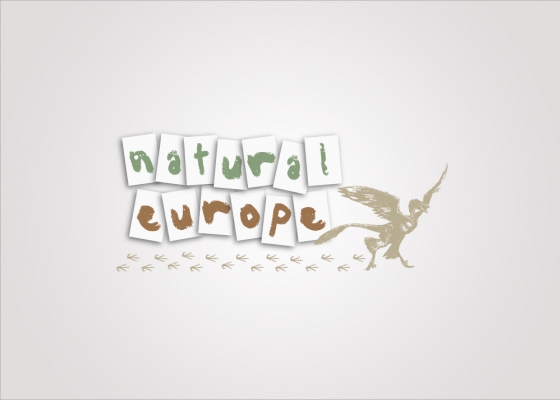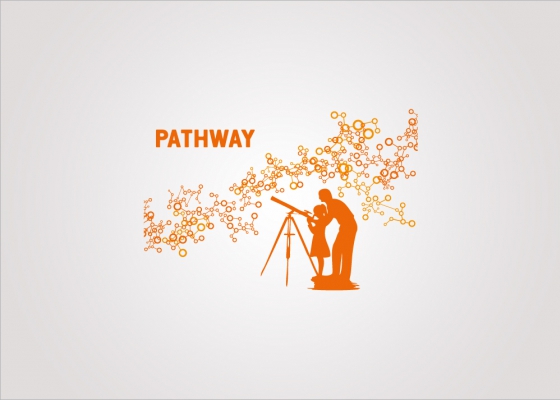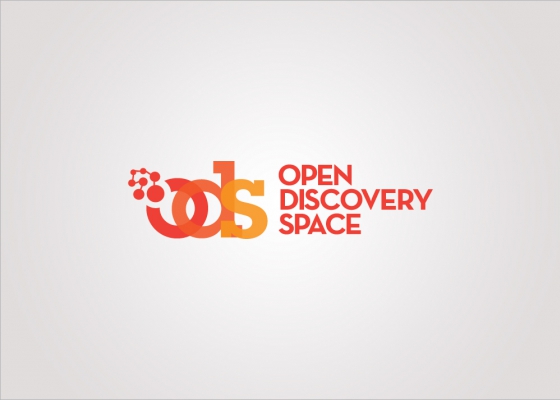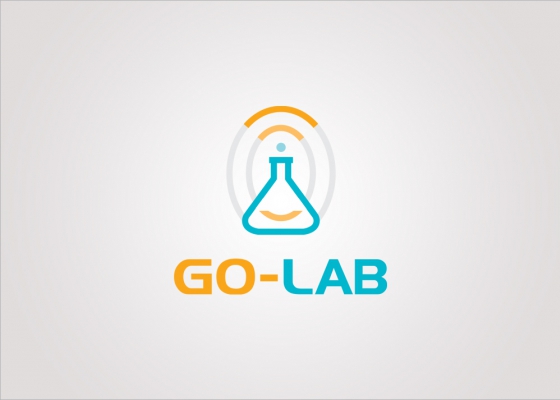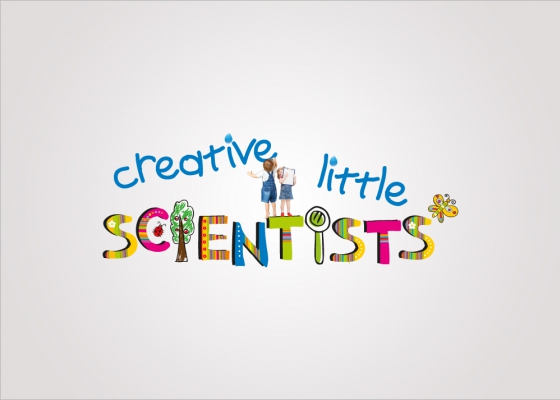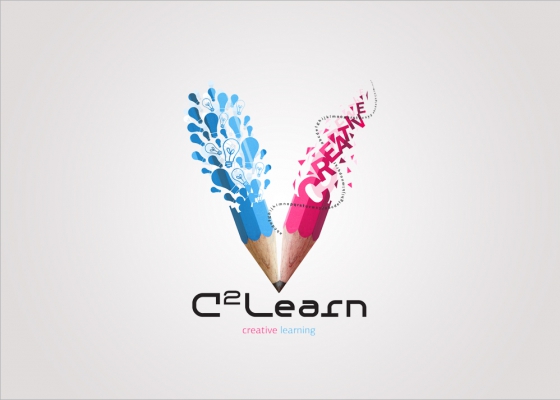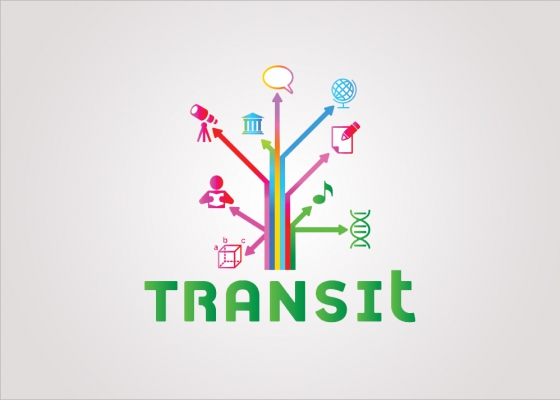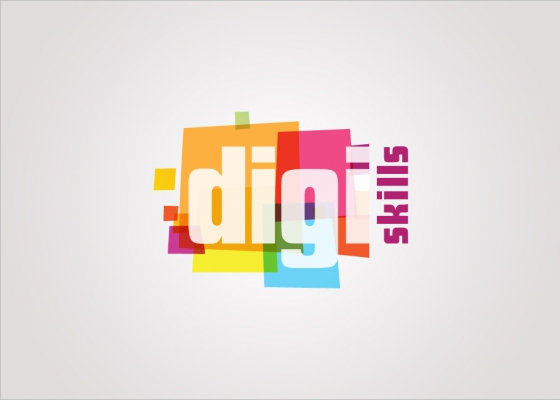DISCOVER THE COSMOS
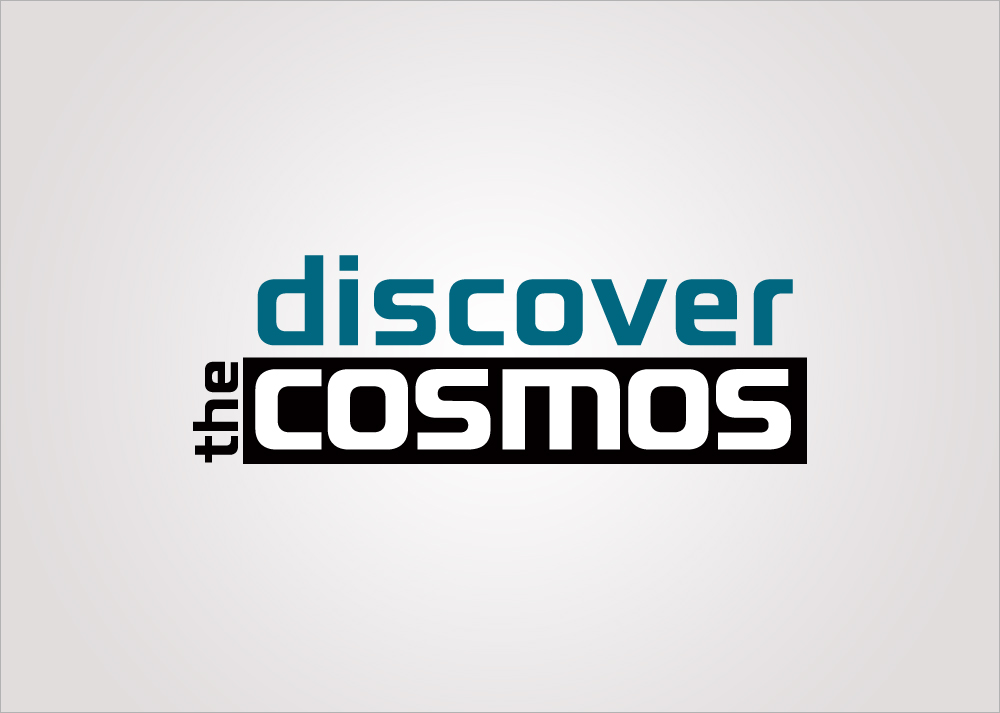
Course Description
The aim of the course taking place in the context of the project "DISCOVER THE COSMOS: From Telescopes to Accelerators - Enhancing Science Education by Exploring Science’s Past, Present, and Futures" (http://www.discoverthecosmos.eu/) is to enhance science education by presenting the fabric of the cosmos as was shaped by scientific evidence and explanations through 400 years of scientific advancement. The course will focus on
a) 17th century’s optics instruments (i.e. telescopes and microscopes) and how these instruments have influenced the making of modern science
b) 20th century’s telescopes and accelerators, which have probed the inner an outer boundaries of the matter and the universe
c) 21st century’s facilities such as CERN’s Large Hadron Collider (LHC) and the new generation of space telescopes, which will provide answers to the yet open sub-atomic and cosmological questions.
Participants will familiarize themselves with a large amount of digital science education content, which currently exists in history-of-science museums, archives and science centres’ collections and digital repositories (e.g. http://portal.discoverthecosmos.eu). Participants will develop skills in using learning technologies in modes and settings as diverse as a history-of-science museum visit, or a virtual tour in ATLAS-CERN. The integration of the past, present and future of the scientific endeavour will impart, to the school’s science curriculum, the dynamics of a common European scientific heritage, strong enough to address the challenges of tomorrow.
The course will also strengthen its socially cohesive and Europe-wide dimension by introducing the participating teachers/trainers to social-tagging learning objects, educational metadata and learning objects repositories, together with hands-on experiences on practical approaches and tools that are commonly used to support the learning object paradigm. To this end, the proposed training course is anticipated to facilitate European teachers and trainers in finding a way that will allow for integration of educational resources of the science centres and history-of-science museums to the science curriculum.
Years
Related Courses
GET IN TOUCH
- Dimitriou Panagea,
Pallini, Athens, GR - Phone: +30 2108176790
- Email: summerschools@ea.gr

